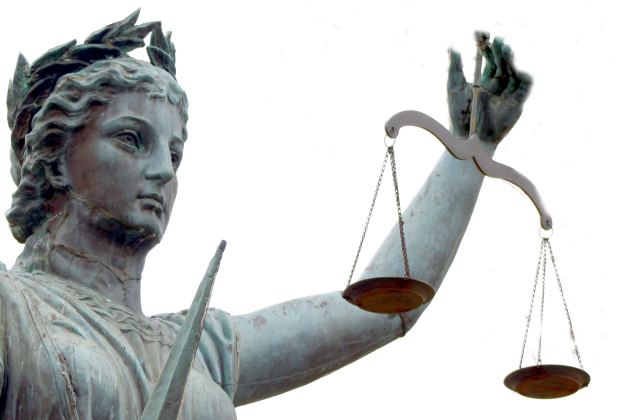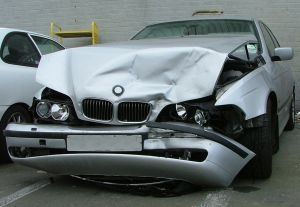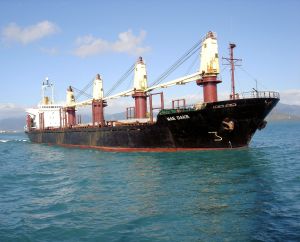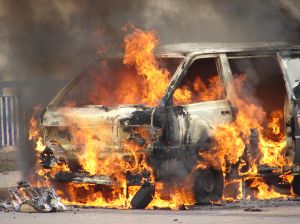 Injured Florida workers who seek workers’ compensation medical or indemnity (wage loss) benefits will see and be required to complete a variety of forms. It is important for Claimants to understand and complete the forms properly. Being wrong can lead to serious consequences including the denial of benefits and criminal prosecution for insurance fraud.
Injured Florida workers who seek workers’ compensation medical or indemnity (wage loss) benefits will see and be required to complete a variety of forms. It is important for Claimants to understand and complete the forms properly. Being wrong can lead to serious consequences including the denial of benefits and criminal prosecution for insurance fraud.
We represent injured workers. This blog will discuss the forms from that perspective.
First Report of Injury or Illness (DFS-F2-DWC-1)
This form contains basic factual information, such as a brief description of the accident, contact information of the employee, employer, and workers’ compensation insurance company, wage information, and is submitted to the workers’ compensation carrier and the Division of Administrative Hearings (DOAH), the state agency responsible for administering workers’ compensation cases. It is to be completed as soon after the accident as possible and signed by the employer and, when possible, the injured worker. Injured workers should review the form carefully, especially with regard to the description of the accident, before signing, and obtain an executed copy at that time.
Rule 69L-3.004
Specific Authority: 440.185(2), (5), (9), 440.19, 440.35, 449.591 FS. Law Implemented 440.185(2), (3), (5), 440.207(2), 440.35 FS. History-New 8-30-79, Amended 12-23-80, 11-5-81, 6-12-84, Formerly 38F-3.04, Amended 1-1-87, 4-11-90, 1-30-91, 11-8-94, Formerly 38F-3.004, 4L-3.004, Amended 1-10-05.
Wage Statement (DFS-F2-DWC-1a)
This form is not prepared or signed by the injured worker. It contains the employee’s wage information in order to calculate his/her average weekly wage (AWW). If applicable, the 13 week period immediately preceding the accident will be used to derive the AWW. Otherwise, a series of formulas will be considered, including the earnings of similar employees with the requisite 13 weeks of earnings and the contract of hire. Where the numbers provided in the form are questionable as to their accuracy, they can be cross-checked by payroll records and paycheck stubs. Frequent battles are fought over the correct AWW. Fringe benefits (e.g., health insurance) may also figure into the calculation.
Rule 69L-3.0046
Specific Authority: 440.14, 440.185(5), 440.591 FS. Law Implemented 440.12(2), 440.185(5), (9) FS. History-New 1-10-05, Amended 3-16-09.
Fraud Statement
Upon request from the employer, the employee must sign and return a form containing the language located in Florida Statute Section 440.105(7). The ostensible purpose of the form is to inform the claimant that knowingly and intentionally filing a false claim may constitute insurance fraud. We view it as a not so subtle message from employers and insurance carriers for employees to think twice about seeking workers’ compensation benefits, even entirely legitimate claims. Nevertheless, unless the form is signed and returned, benefits can be suspended. The employer/carrier are limited to one form per year.
Rule 69L-3.0047
Specific Authority: Specific Authority 440.105(7), 440.591 FS. Law Implemented 440.105(7) FS. History-New 1-10-05.
Medical Authorization and Description of Incident
Workers’ compensation insurance carriers sometimes ask claimants to execute these forms. This particular Description of Incident form is different than the one contained in the First Report of Injury or Illness.
The Patient/Physician privilege of confidentiality is one of the most sacred in American jurisprudence. Sadly, the Florida Legislature has decided that injured workers lose this privilege in exchange for receiving workers’ compensation benefits. Pursuant to 440.13(4)(c), “An employee who reports an injury or illness alleged to be work-related waives any physician-patient privilege with respect to any condition or complaint reasonably related to the condition for which the employee claims compensation.” Accordingly, the only time an employee must execute a carrier’s medical authorization form is when “medical records, reports, and information of an injured employee are sought from health care providers who are not subject to the jurisdiction of the state.” 440.13(4)(c).
There is nothing in the law that requires the claimant to complete this Description of Injury form. We view the form as an effort by the employer/carrier to obtain evidence on which a denial of benefits or a claim for insurance fraud can be based. We do not allow our clients to complete this form.
We do require our clients to sign our firm’s medical authorization form. This allows us to obtain their medical records from all providers.
Mileage Reimbursement
The carrier should send this form to the claimant to be completed and returned. Properly completed, the carrier should reimburse the claimant for travel expenses to and from authorized medical appointments, including physical therapy. The information provided in the form includes dates of service and round trip mileage. Effective July 1, 2011, the Internal Revenue Service’s deductible rate is 55.5 cents per mile.
It is important to be accurate with the information provided. Carriers will examine the information closely for misrepresentations, hoping to find even the slightest error on which to base a denial of benefits. Claimants should not fudge the numbers to make a few dollars.
Upon request, carriers will provide transportation.
Continue reading
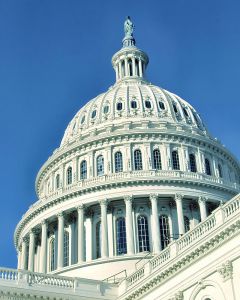 Follow this link, Ros-Lehtinen rethinks, to read my letter to the editor published by the Miami Herald on September 29, 2011.
Follow this link, Ros-Lehtinen rethinks, to read my letter to the editor published by the Miami Herald on September 29, 2011. Florida Injury Attorney Blawg
Florida Injury Attorney Blawg




